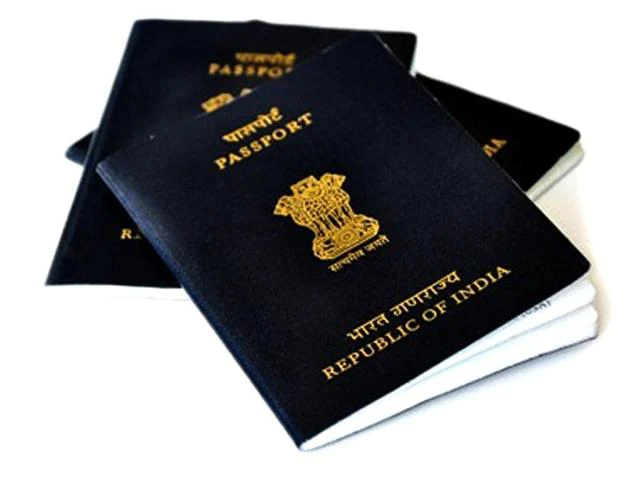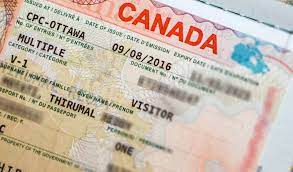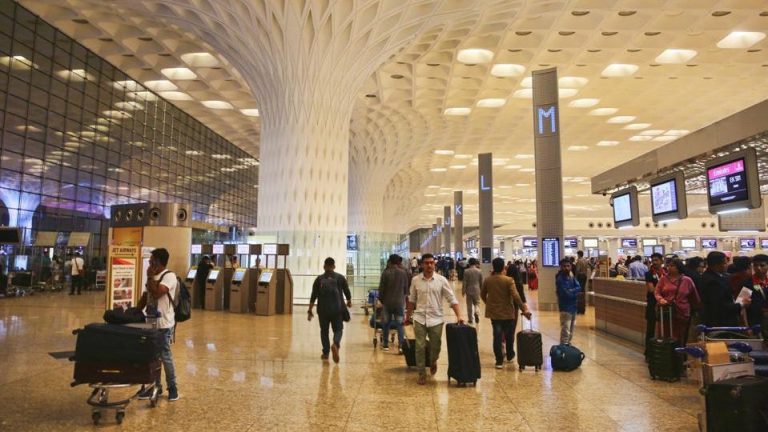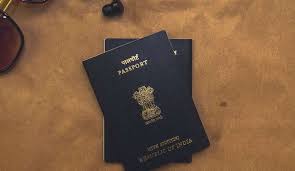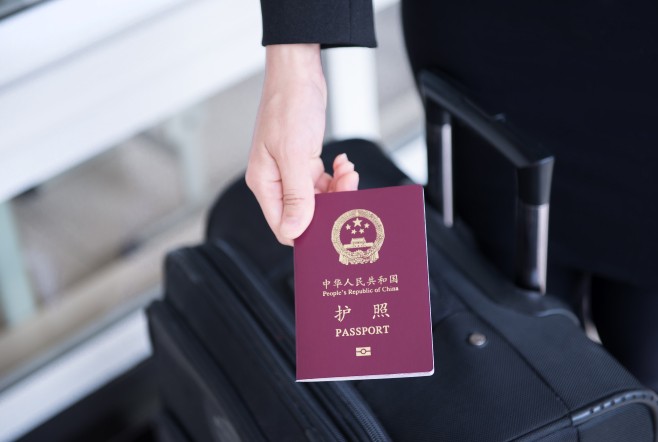How to Get an Indian Visa for American Citizens
You might think that getting an Indian Visa for American Citizens would be simple. That’s the case if you have an Indian spouse or an established job in India, but what if you don’t? What if you’re just traveling there for vacation? That’s where things get a little trickier, and it’s important to understand the ins and outs of Indian visas for US citizens before attempting to get one on your own.
What’s the Purpose of Your Trip?
In order to apply for a visa, you’ll need to determine why you want one. Business travel and tourism both have their own types of visas, which can differ substantially. If you’re traveling on business, bring evidence that you are authorized by your company or client. You will also likely be required to provide detailed itineraries of your trip—not just when you leave and return but what stops and flights are involved in between—and may be asked to provide a letter of invitation from those at your destination who is sponsoring your visit. A tourist visa is easier because it only requires proof that you’ve purchased tickets, hotel reservations, or other plans; however, these don’t allow for any work in the U.S.
Who’s Going?
If you’re an American citizen with a valid passport, you can travel freely to India (as long as you have proof of funds or employment in India). There’s no visa requirement, except if you’re under 16 and traveling alone. If your passport is from one of these countries, check to see if a visa is required: Afghanistan, Bangladesh, Burma (Myanmar), China, Iran, Iraq, Pakistan, or Sri Lanka. If it is—or if your travel doesn’t fit within these guidelines—you’ll need a visa before you leave. Luckily getting a tourist visa isn’t difficult; most Indians are well versed in how to get visas for people from all over the world. But there are some things that will make getting yours go smoother…and faster! Indian Visa for US Citizens
Where Are You Going?
The Indian government used to make it difficult or impossible for most Americans and other non-Indian passport holders to visit India. Thankfully, they’ve relaxed those rules a bit—but you still need a visa. US citizens can apply at any Indian embassy in Washington DC, New York City, San Francisco, Houston, or Chicago (and soon Boston). The procedure is relatively straightforward—you fill out paperwork and submit it with a fee of about $100 USD. Typically applications are processed within three weeks; however, delays could be longer if you don’t have all your paperwork together. Once approved by an Indian consulate officer, your visa will typically arrive in two weeks via FedEx mail service from either Atlanta or Dallas.
When Are You Going?
People with Indian roots often travel to India, so if you’re a US citizen and you want to visit India but don’t know what type of visa you need, we can help. Depending on how long you’ll be staying in India, you may need a tourist visa, business visa or employment visa. If you are traveling specifically to work in India, we recommend bringing your F-1 or H-1B Visa with you.
Can I get a Tourist Visa on Arrival in India?
If you’re an American citizen with a passport that’s valid for at least six months past your trip, and you have at least one blank page in your passport and at least two full pages remaining after your intended stay, then yes—you can get a Tourist Visa on Arrival in India. You must also have proof of sufficient funds to cover your stay, not intend to do any business or paid work while in India, and be able to show you will depart within 30 days of arriving. If all is well, there should be no issues with obtaining a Tourist Visa; however, it’s always good to apply in advance if possible so as not to run into any problems.
Other Things You Should Know About Visas
Visa rules change often, so it’s important to stay up-to-date with visa requirements before you make any travel plans. In general, getting a visa is as simple as filling out some paperwork and paying a fee, but many types of visas have strict eligibility requirements that could keep you from being granted entry into India if your application isn’t up to snuff. For example, students must maintain good grades during their educational program in order to be eligible for student visas. If you fall under any sort of travel restrictions—for instance, if you have a criminal record or are part of a politically sensitive group—you may also need special documentation or clearances prior to applying for a visa.
Step by Step Guide to Get a Tourist Indian Visa (for Americans only!)
Here’s a step-by-step guide on how to get your tourist Indian visa. This guide was written specifically for Americans (or permanent residents of America), but if you’re visiting India, it applies to you too! Who can apply? If you are an American citizen then you can get an Indian tourist visa by following these steps

